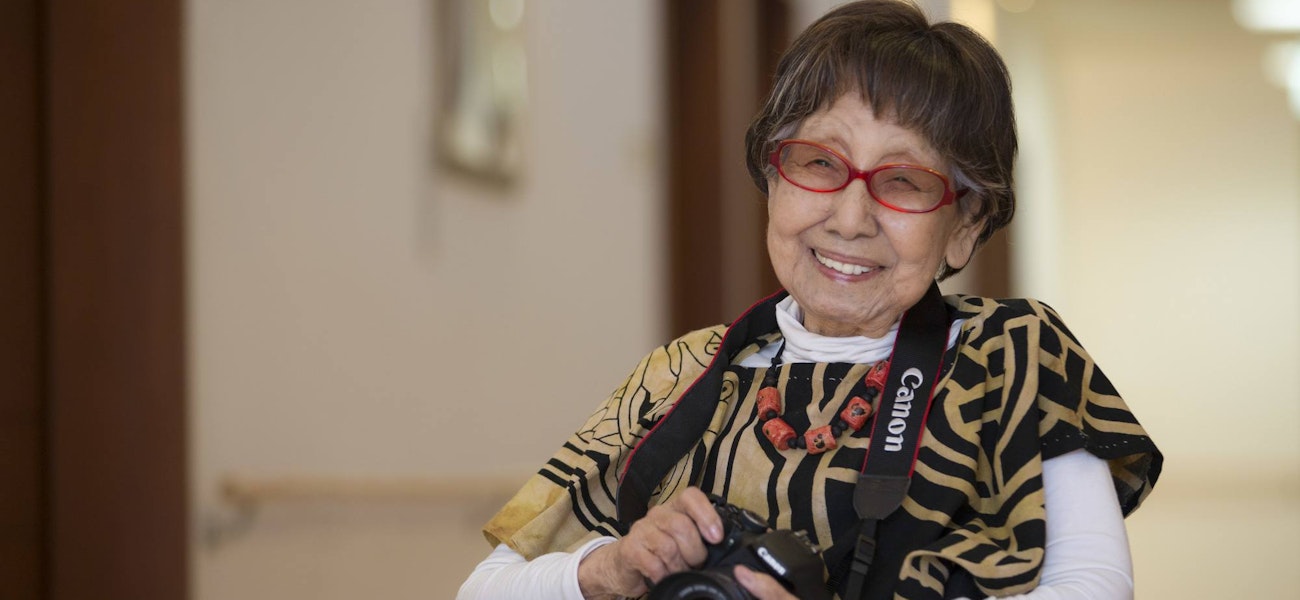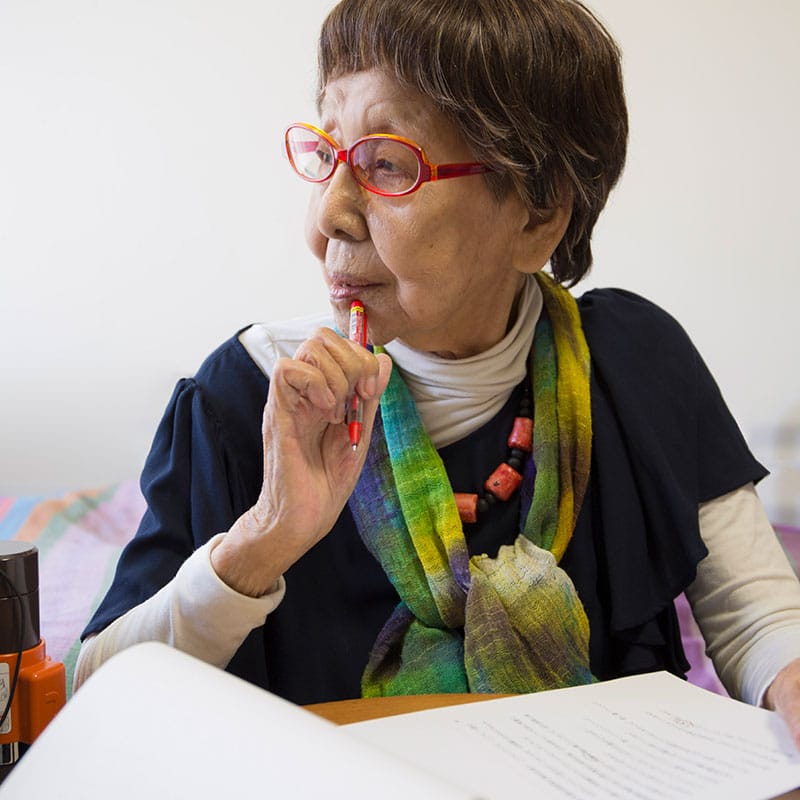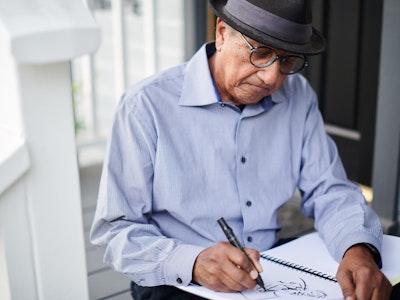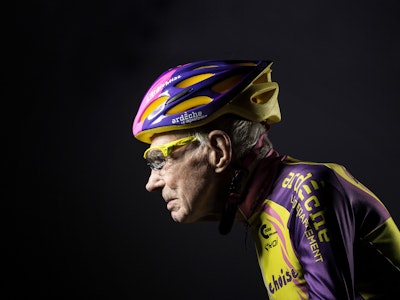Later Life Stories - Witness to History

Friendships have sustained me through life. From my school days to the hard years after the Second World War, as Japan’s first female photojournalist – and today in my latest photography project devoted to friends and famous people. Friends mean so much to me, and I’ve always had so many. In fact, my schoolmates used to call me the “friendship minister.” That’s been the secret to a rich, long life that continues to yield treasures.
It was friendship that brought me into the profession I have practised for nearly eighty years. Growing up I had no interest in photography and wanted to be a painter. But a young neighbour my mother befriended introduced me to a journalist who had just opened a photo agency. He said “you’re into painting right? Why not try photography?” That was my start aged 25. But it was hard going.
I was the only woman among a pack of men covering the devastation of the war and historic events such as student protests and labour strikes. Sexist comments and discrimination were part of the daily grind. The worst of it was from the politicians and bureaucrats I was assigned to shoot. They said “she’s going to take the photos? Are we sure she can really do it?” How did I overcome the sexism? Results. I simply said look at my work – nobody could complain. And friendship. From the beginning there were men in Japanese journalism who believed in what I was doing.
I have drunk a glass of red wine every day. These little pleasures are important for a long, healthy life.
A lifetime of overcoming challenges prepared me well for one of my biggest. Soon after my hundredth birthday, I broke my leg and hand in a fall. I was living alone. I lay on the floor until the next morning, when a visitor called and found me. I was rushed to an emergency hospital just in time. In rehabilitation, I fell again and broke my other leg. None of that has stopped me from working and enjoying life. In fact, the ordeal has motivated me even more to live life to the fullest, professionally and personally – drawing out the richness of each moment.

My eating habits are also unorthodox for Japan. I prefer bread to Japanese rice, and meat to fish. I eat meat every day. I have no particular advice for a healthy diet, except to eat in moderation. About thirty years ago, I told my doctor that I suffered from low blood-pressure. He said there’s no treatment for it, but red wine can help. I thought “How lucky. My doctor is prescribing me red wine!” Since that day I have drunk a glass of red wine every day. These little pleasures are important for a long, healthy life. I enjoy food, wine, meeting friends. And my hobby is designing my own clothes. That’s something that also keeps me young. Three years ago, I won the Japan Best Dresser Award. It was such a lovely surprise. I went to the award ceremony wearing an African-patterned frock I created myself. Making clothes isn’t just about me though – it’s something I like doing with friends. And it can also help people. After Japan’s 2011 earthquake and tsunami, I visited the devastation zone and taught people how to make ponchos.
I moved to a home for the elderly after breaking my legs and hand. At age 100, I suppose it was time to stop living alone. But this is just another new chapter in life, one with its own rewards. Living today in this home in the beautiful seaside town of Kamakura – outside of Tokyo – I am surrounded by new friends who inspire me to continue learning about people and life. Curiosity set me on the unorthodox path I took – and keeps me young today. I’m terribly shy and timid, but I have had this overwhelming curiosity since I was a little girl. Even trembling with fear, I still feel the irresistible urge to try new things. And that continues to give me the drive to face new challenges into my second century.
Read More


